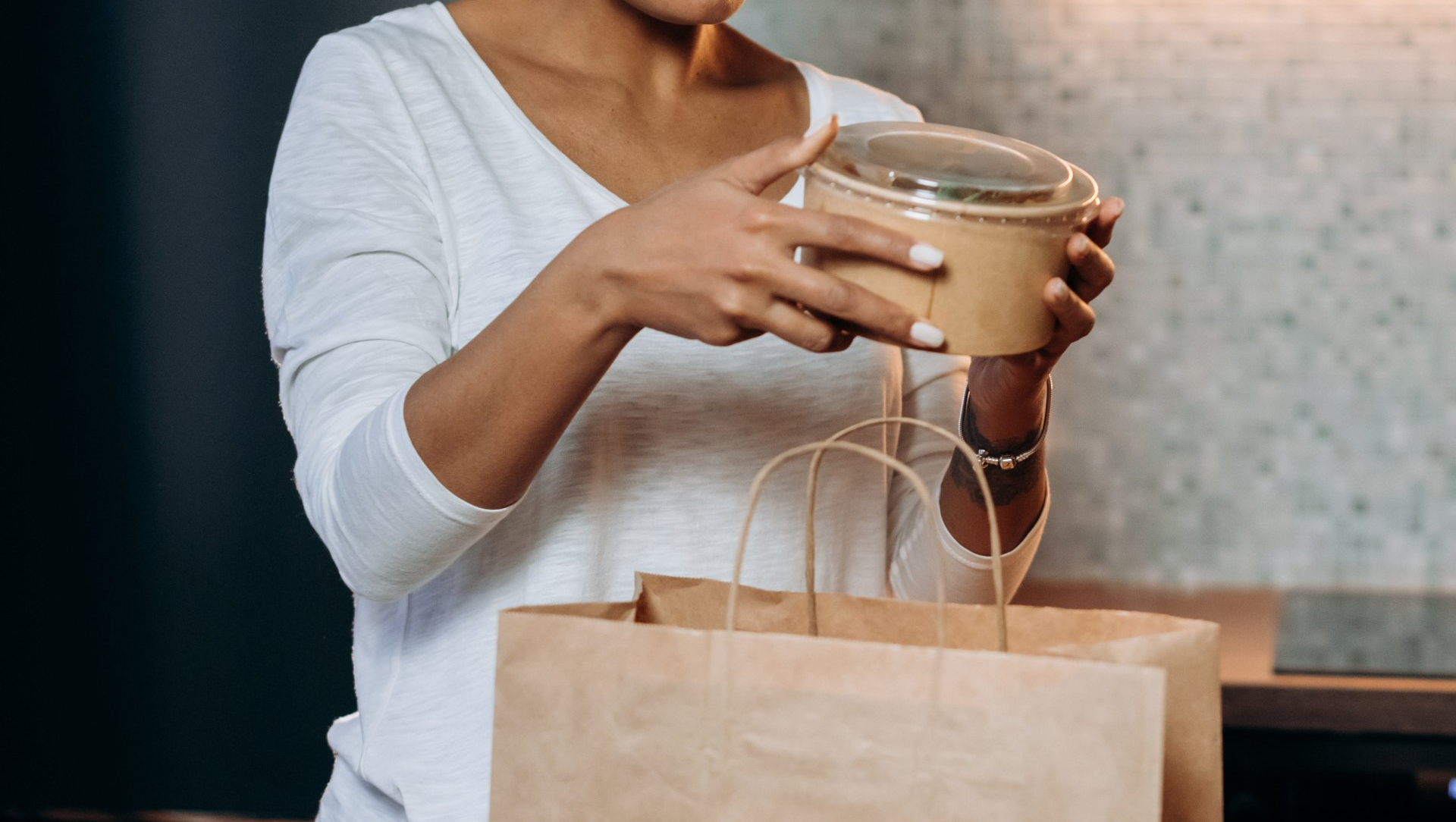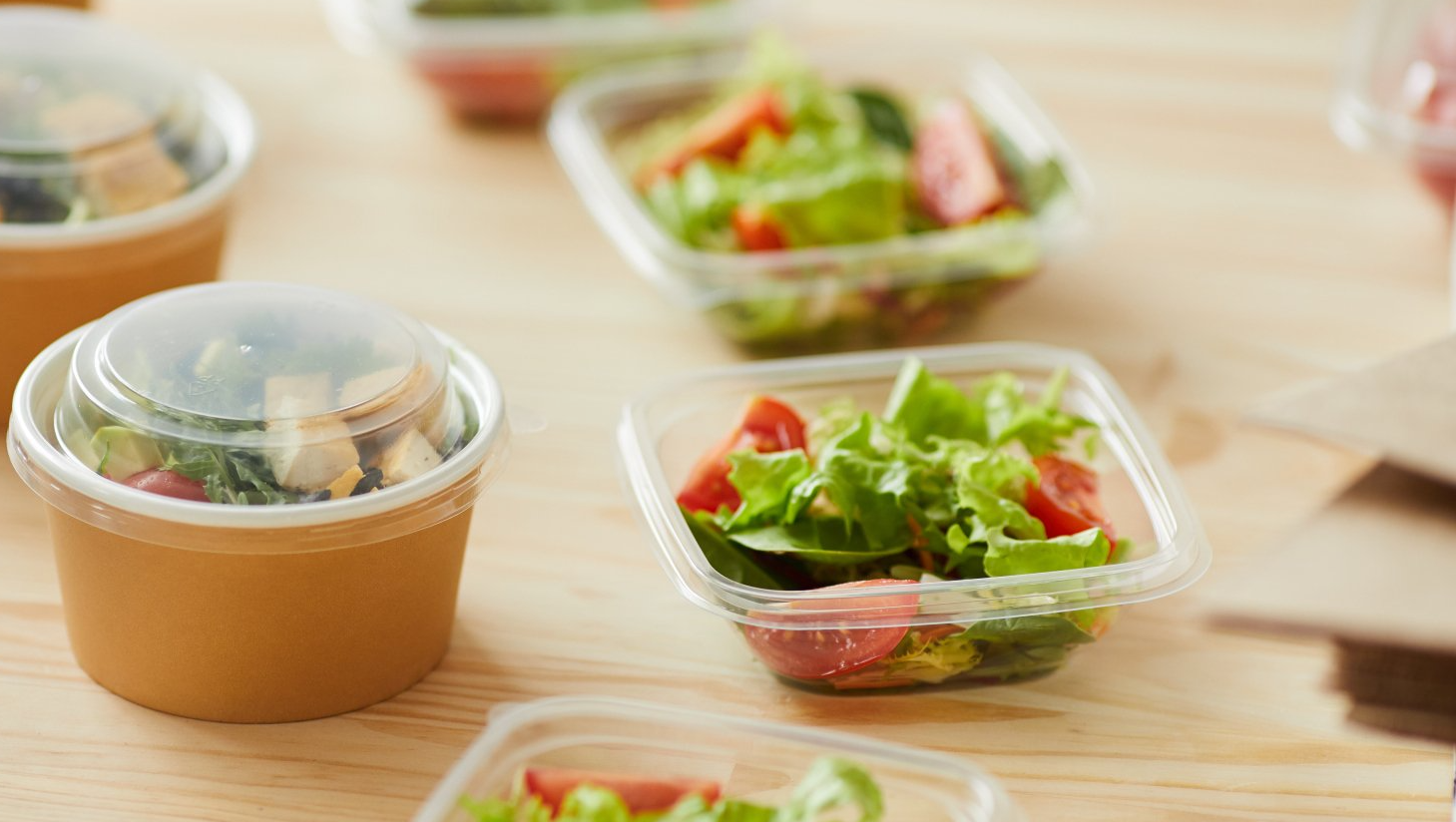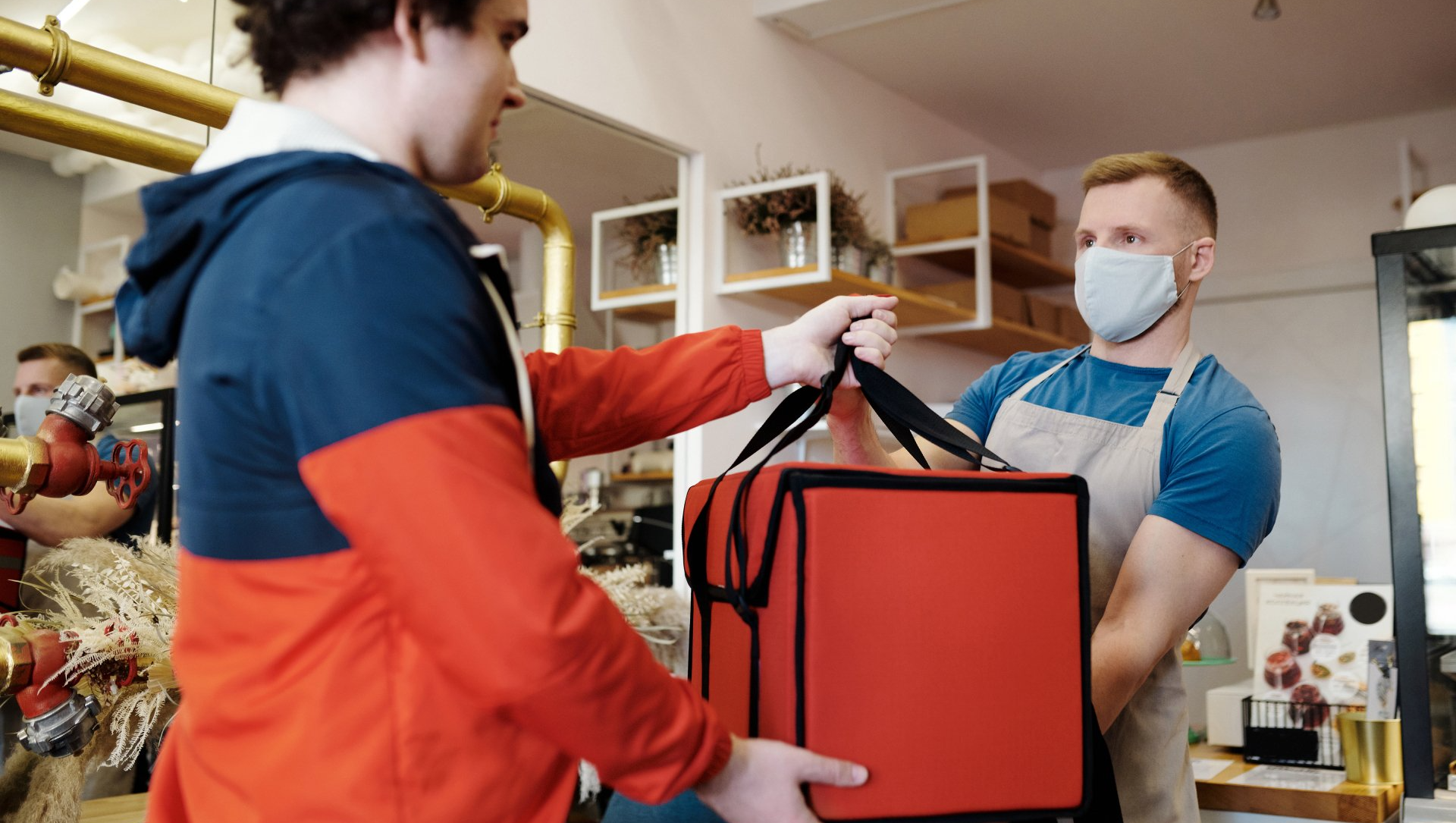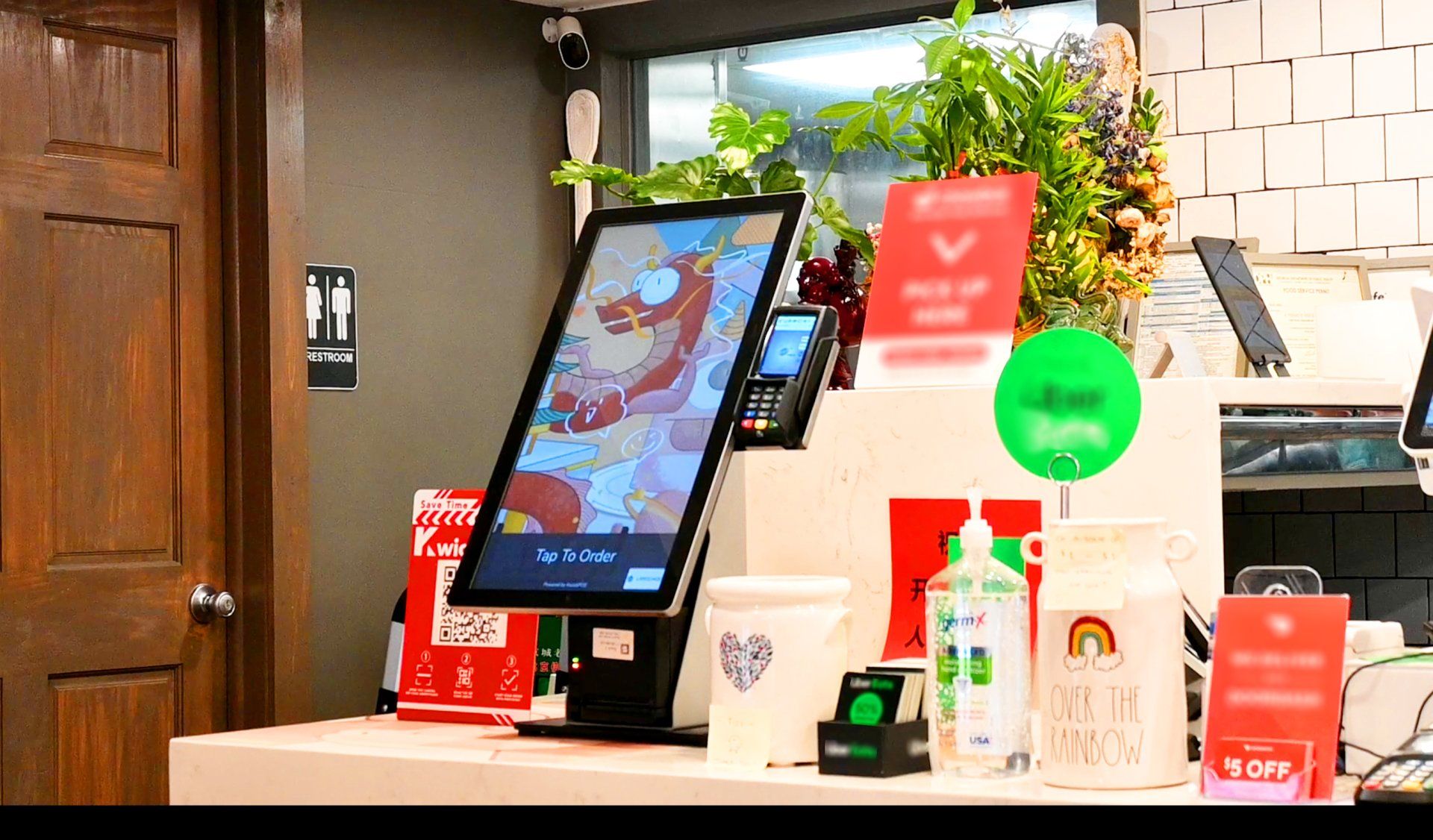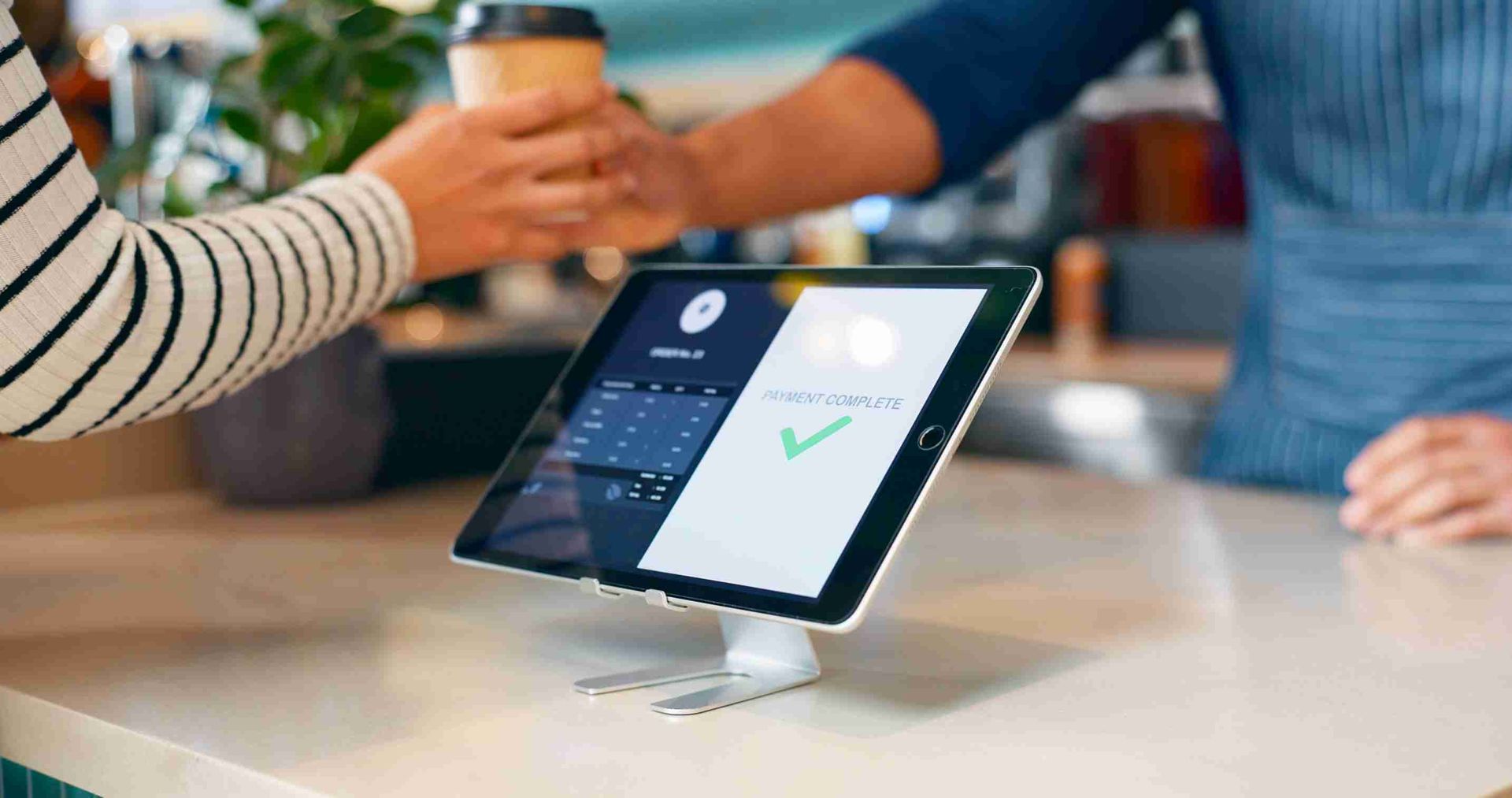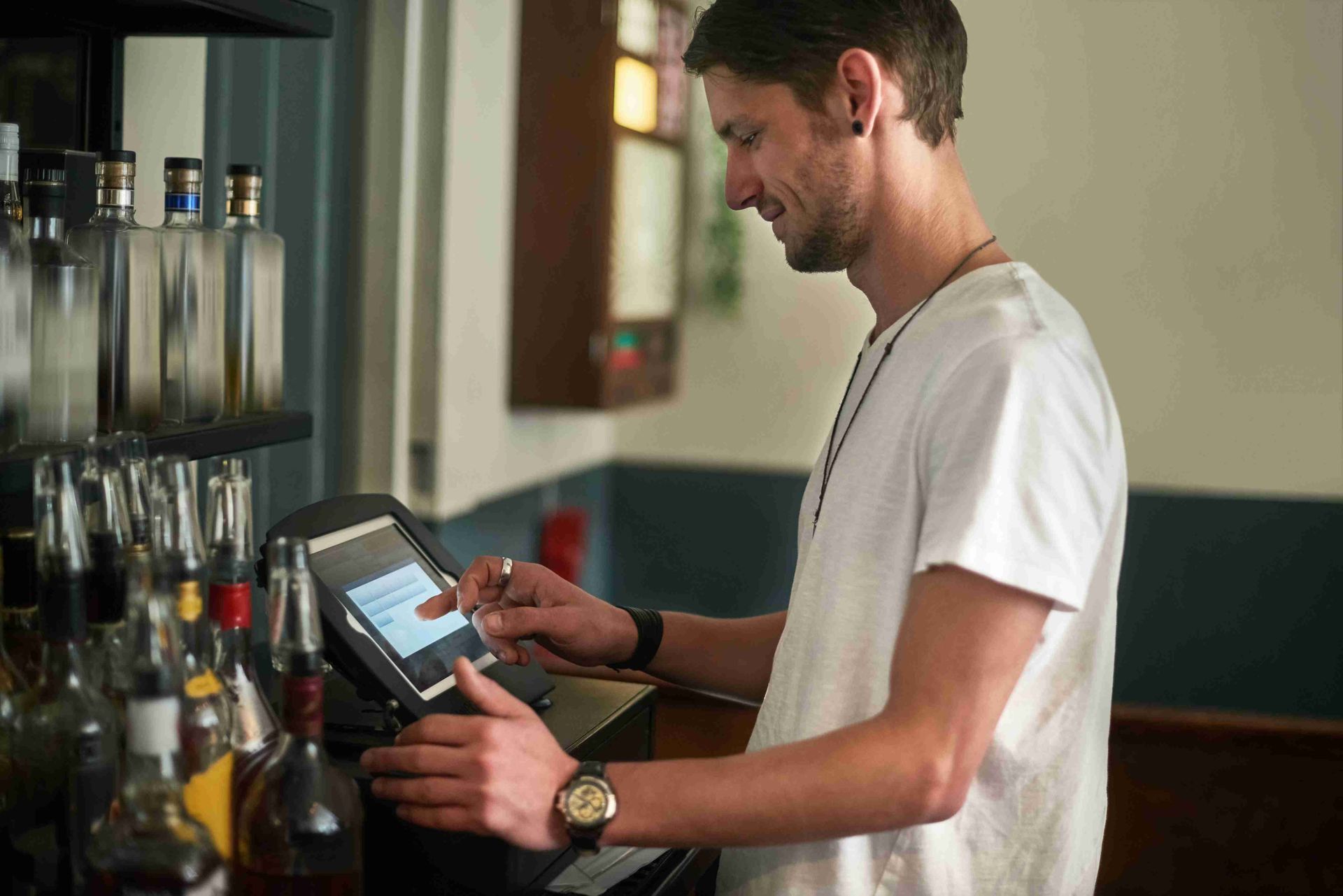Third-Party Online Order POS Integration is Finally Here
DISCLAIMER: This content is for informational purposes only and is not intended to be used as legal, accounting, tax, HR or other professional advice. You are responsible for you and your businesses' legal and regulatory compliance. Contact your attorney, accountant, or any other relevant professional for specific advice related to your own needs and circumstances.
In recent years, online ordering has been the bread and butter of the restaurant industry due to the Covid-19 Pandemic.
Technological advances in the online ordering industry have led to an increase in use, and thus, profitability for the restaurant owners and related industries. In 2021 alone, the online ordering and delivery service industry raked in about $26.5 billion with 60% of Americans ordering take out and delivery at least once a week. Furthermore, restaurants who use third-party online ordering platforms can see an increase in their sales volume by 10-20%. With these numbers, restaurants can’t afford to forgo third-party online ordering services to stay afloat in these uncertain economic times.
But What’s the Issue with Third-Party Online Ordering Platforms?
Third-party online order platforms still have flaws. With many businesses using multiple platforms, such as UberEats and GrubHub, restaurants are cluttered with multiple tablets, forcing staff to serve customers while keeping their ears sharp for an online order notification from one of the online ordering tablets. Additionally, third-party online orders are not automatically entered into a restaurant’s POS, slowing down operations and service times overall. Not only does this risk staff being unable to give dine-in customers the satisfactory dining experience they expect, but also cause longer wait times for all customers, regardless of whether they ordered to go or for dine-in. Some restaurants even hire extra personnel to man these online order tablets to avoid missing orders at the cost of the restaurant’s revenue.
Restaurants sometimes run the risk of missing orders, losing loyal customers due to long wait times, or even risk being unable to fulfill orders due to time wasted reprinting online orders. So how can restaurants take advantage of online ordering platforms without the hassle that many of them bring? Well, with KwickPOS, restaurateurs can reap the benefits of third-party platforms, eliminating much of the headaches associated with these platforms.
KwickPOS Integration with Third-Party Online Ordering Platforms
At ZBS POS, we provide many systems including the cloud based point of sale, KwickPOS, which not only has an incredible online ordering platform but now has integrated three third-party online ordering platforms. GrubHub, UberEats, and DoorDash are all available on your POS system, meaning that new orders are entered into your system automatically, no hassle, no fuss. No more manual reentering of orders or multiple online ordering tablets ringing off the hook, but instead you front and back of house staff will receive these online order tickets just as they would any other dine-in or to-go order.
Not only is this more convenient, this new function allows for more accessibility to these third-party platforms that would otherwise create more inconvenience than necessary for restaurant staff. In these trying times, we, at ZBS POS, continuously work on providing as much assistance as possible to all restaurateurs and staff via POS systems to relieve some of the stress that business owners face every day. With third-party online ordering platforms integrated into the KwickPOS system, you and your staff can worry about one less thing to help foster an even faster, streamlined service for your customers.
To learn more about this function, please view the video below.
By Livie Wang
Livie Wang is based in Atlanta, GA and has a background in marketing and branding. With many years of experience in the restaurant and retail industries, she brings forth a personalized view on the issues these industries face. She has been a regular contributor to the ZBS Blog, News and Resource Center since 2021.



